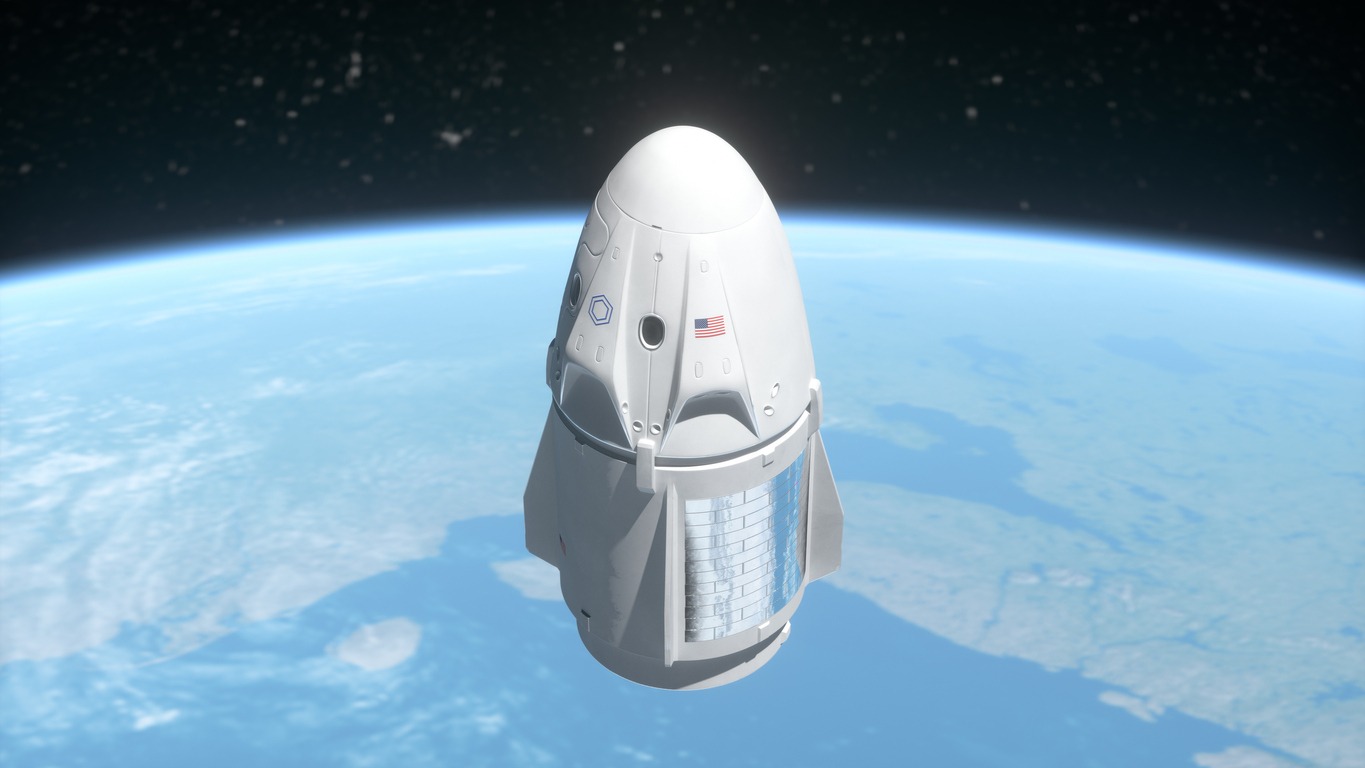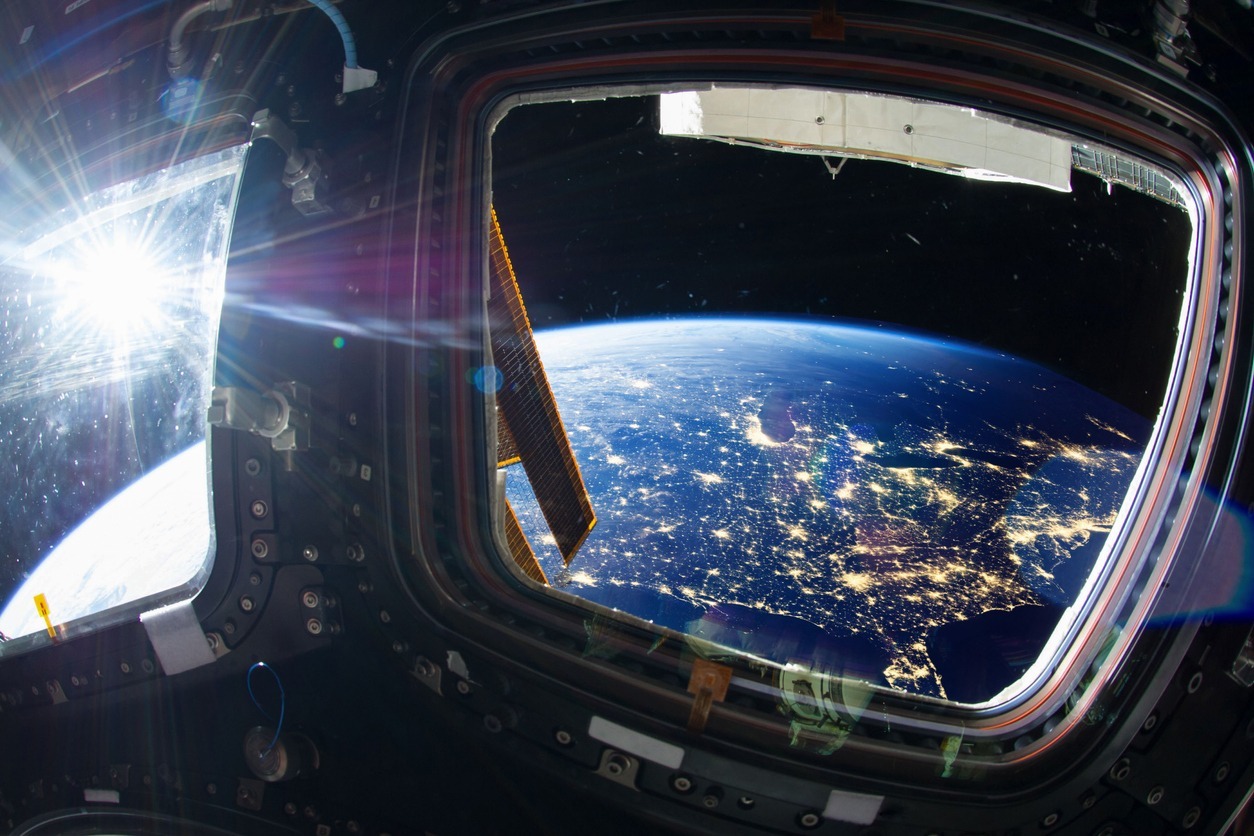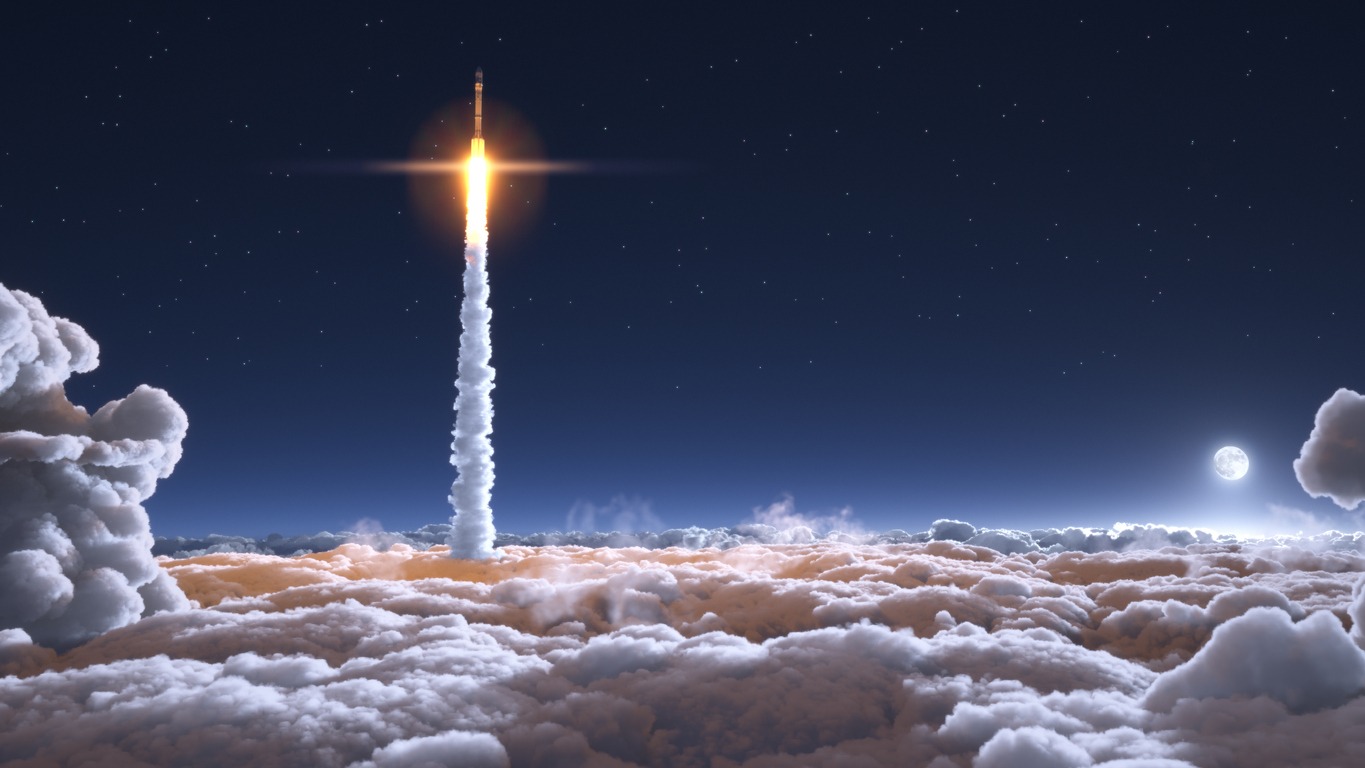Space has been one of the great fascinations of man. Who would disagree by its wondrous celestial bodies wherein everything is inexplicably exquisite? Well, through advanced technology, it became possible to witness outer space with and without going there. In fact, on September 14, 1959, the Luna 2 spacecraft finally impacted the Moon. With this, the researchers proved that the Moon had no substantial magnetic field and no radiation belts at Moon.
But to see closely, the galaxy is one of a billion dreams that have been granted little by little since 2001. Indeed, it was already possible to experience space tourism even before. If this sparked your hope to reach the stars in actuality, keep on reading.
The Space-flight Participants
On April 8, 2001, Dennis Tito was the first human to experience space tourism through the Russian spacecraft Soyuz TM-32. It all started when the Russian company MirCorp and the American company Space Adventures Ltd joined together in the 1990s. When the Mir struggled to maintain the space station, they resorted to generating a tourism trip to the American businessman, Tito.
Since Space tourism became possible, other extreme adventurers have tried it too. The following names were the space-flight participants, lined in order from top to bottom:
- Mark Shuttleworth
- Gregory Olsen
- Anousheh Ansari
- Charles Simonyi
- Richard Garriott
- Guy Laliberte
- Jared Isaacman
- Sian Proctor
- Hayley Arceneaux
- Chris Sembroski
- William Shatner
The Spacecraft Through Time
In the 1990s, business-minded people have entered the niche of spacecraft. Since then, the leading companies have been Virgin Galactic, Blue Origin, and SpaceX. The first one, British billionaire Richard Branson, established the Virgin Galactic after winning the SpaceShipOne from Ansari X-Prize. His goal was to create a spacecraft that could accommodate up to six passengers. Meanwhile, Elon Musk and Jeff Bezos have started in the 2000s. All of them just started from curiosity in the space matters.
In 2000, Amazon founder Jeff Bezos established Blue Origin in Kent, Washington, and became the first to create a reusable rocket. Their first rocket was the Goddard, and its first successful launching was in 2006. Another successful spacecraft of them is the Shepperd which had fourteen successful launching without a man. Moreover, Blue Origin has a NASA contract that will make it possible for the astronauts to land on the surface of the Moon.
Meanwhile, in 2002, Elon Musk created SpaceX, and has the aim of this company is to create reusable rockets. The Falcon 1 was their initial model of the rocket that has a two-stage liquid-fueled craft. It is responsible for sending small satellites into orbit and is actually cheaper. It was not completely successful due to the fuel leak that had led to destruction. Then on April 23, 2021, the famous Falcon 9 rocket had launched.
Then in 2004, Virgin Galactic successfully stood by its founder Richard Branson. But that did not take aboard smoothly. There were setbacks, specifically tragedies that took lives like three dead Scaled Composites employees in 2007 and dead co-pilot Michael Alsbury and injuring pilot Peter Siebold in 2014. Despite that, Virgin galactic still has excellent performance and note that they made their first live stream while on the space-flight, which the audience around the world has witnessed.
Space Tourism Destinations
Since space tourism has been clicking, many companies have emerged to join the competition, although it is undeniably expensive and inclusive. But if you want to wander the outer space or just to observe it from the ground, here are the recommended places for you to consider.
Palomar Observatory, USA.
It is an astronomical observatory wherein the 200 inch Hale Telescope, used for cosmological research, is situated. The telescope is for the detailed observation in the farthest galaxies, to see what are the brightest space objects, and for high-dispersion spectroscopy.
Baikonur Cosmodrome, Kazakhstan.
From the 1960s to the 1980s, it has been the center of the Soviet’s explorative programs in space. The location of its facilities is initially dedicated to a long-range-missile center in the 1950s. Then it eventually opened to include space-flight facilities, and it accommodated pioneering space passengers like Yuri Gagarin in 1961 and Valentina Tereshkova in 1963.
Kennedy Space Center, USA.
One of NASA’s space field centers with more than ninety private-sector partners and about 250 partnerships. More than being a launch site, Kennedy Space is also a place for solar systems’ governmental and commercial research purposes. Inside, there are so many attractions to see like the Rocket Garden, Moonscape, Ad Astra Per Aspera, Lunar theater, Apollo treasures gallery, and so on.
Star City, Russia.
From the 1960s, it has been the Russian Cosmonauts’ training center. In fact, Yury Gagarin, German Titov, and Valentina Tereshkova conducted their preparations here before taking aboard. Today, the site welcomes space enthusiasts to visit the place, learn about Russian Space programs. Surprisingly, there are actually families living there for training.
Jiuquan Satellite Launch Centre, China.
Jiuquan is China’s first launch site wherein their first ballistic missile and satellite launch center took place. It can be found in the Jiuquan Region, Gansu province, north-western China, 100 degrees East and forty-one degrees North. Here, there are Technical Centre, the Launch Complex, the Launch Control Centre, the Mission Command and Control Centre, propellant fuelling system, tracking systems, communications systems, gas supply systems, weather forecast systems, and logistic support systems. Yet, its initial purposes are to send off scientific and reusable satellites right below the orbits of the Earth.
Final Thoughts
With the advent of technology, intergalactic fascinations have become possible so is space tourism. It might sound new, but even before the 2000s, there were already space passengers fleeing in outer space. Many space sites have also been established to know the galaxy and solar system further and discover the unfound galactic matters.
Indeed, future space tourism is becoming even more possible and accessible. But still, no one has an assurance that it can be a regular adventure, plus the fact that it is costly and has a lot of processes. For a while, explore land-based observatory centers available in different countries. There, lots of interesting historical facts and infrastructures about space matters are open and waiting to be heard.



